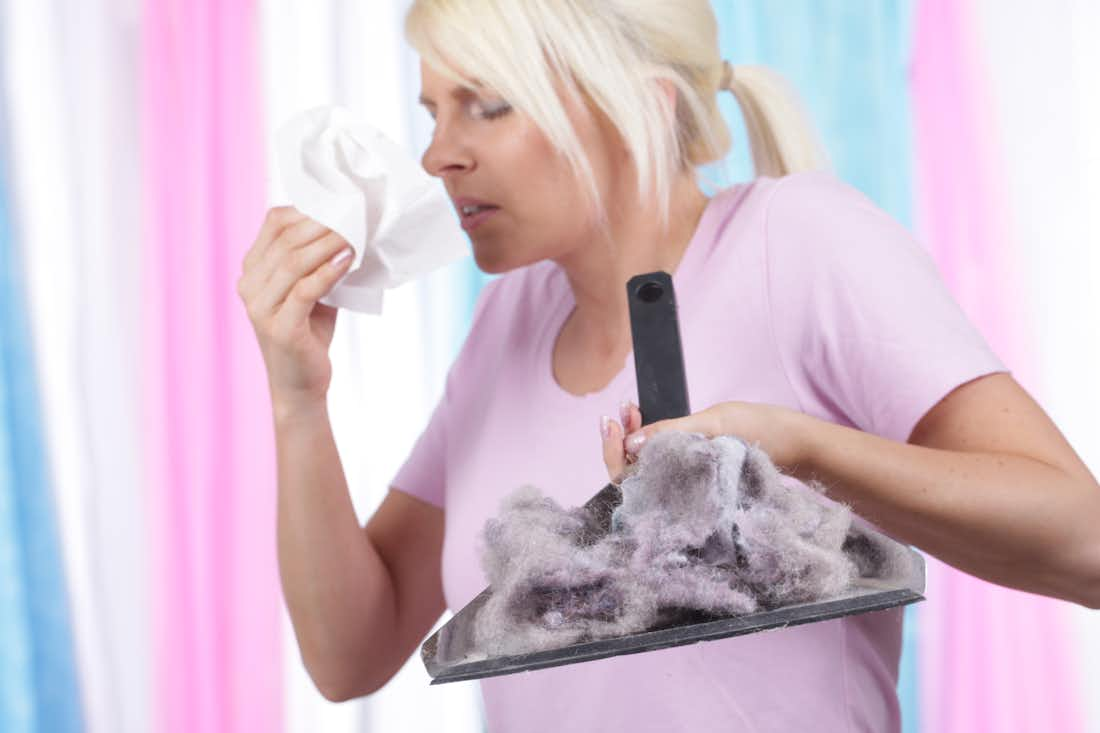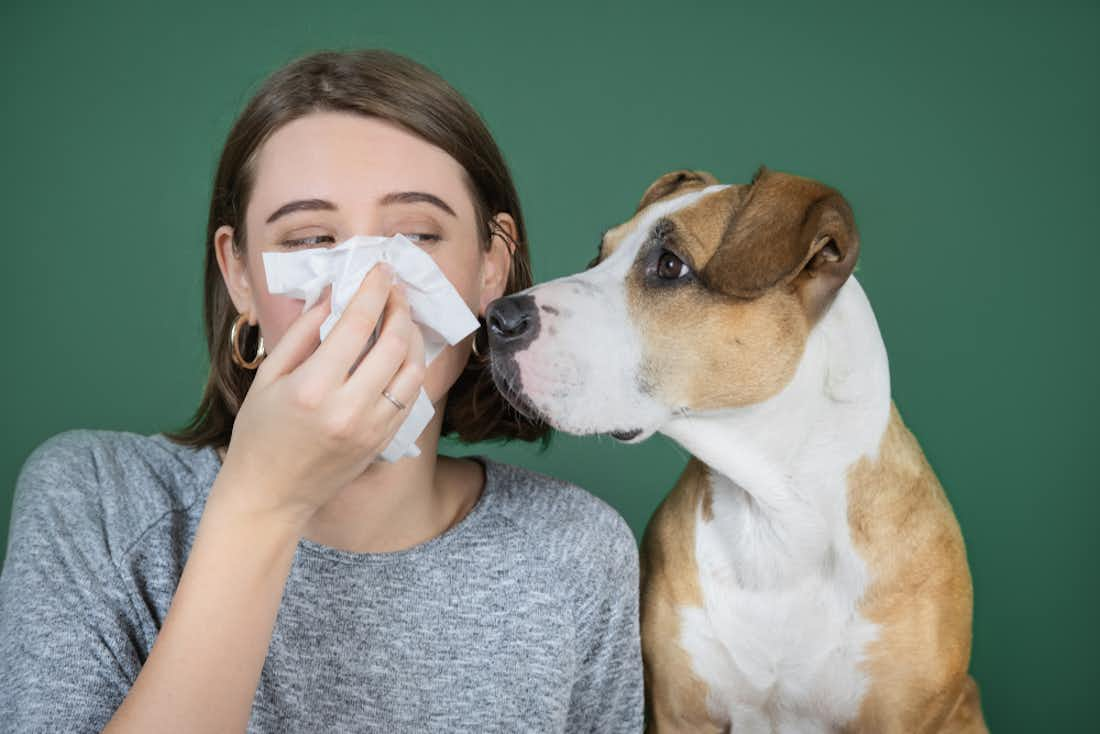Nov 1, 2021
Allergies: 4 Ways To Tell If You Have Them
4 minute read
Among the coronavirus outbreak and sinus infections lurking around the corner, we can never be sure of what is going on with our immune systems. While there are prevention techniques to keeping a healthy immune system, sometimes it can get compromised.
If you get a runny nose during pollen season, sneeze when there's ragweed blowing in the air, or reach for the antihistamines when you're around a cat or dog, you're more than likely suffering from allergies. But what does that mean?
Allergies Explained
Allergy symptoms occur when your immune system overreacts to exposure to a foreign substance. Common allergy triggers – often called allergens – including mold, pet dander, dust mites, pollen, and many foods.
For most people with allergies, the worst symptoms come in the event of direct exposure to an allergen. Think of eating peanuts if you have a nut allergy, petting a cat, and rubbing your eyes if felines make your nose run. However, in airborne allergens like pollen, mold, and more, just breathing tiny particles in is enough to trigger symptoms.
Common Allergy Symptoms
Exposure to airborne allergens can trigger what's called allergic rhinitis. Also known as hay fever, the symptoms of allergic rhinitis can include sneezing, itchy or watery eyes, coughing, a sore throat, a runny or stuffy nose, headaches, and more.
Allergy symptoms can range from mildly uncomfortable to more severe, but seasonal allergies – symptoms that flare up at specific times of the year – are usually more on the uncomfortable side. That means you might not know, based on all that congestion and all those other symptoms, whether you're just feeling run-down or having allergies.
While it can sometimes be tough to determine if an allergic reaction is the cause of your discomfort, following these five steps can help you get a clearer sense of what's going on. That way, you can start moving towards finally getting the relief that you need!
1. Get a Skin Test
One of the best ways to determine if you have allergies is to get a skin test. During this type of allergy test, an allergist will expose your skin to small traces of common allergens to see if you have a reaction.
Skin tests can help you figure out the triggers behind allergies. Some triggers to consider are house dust mite, pet dander, pollen and mold.
2. Get a Blood Test
Like skin tests, allergy blood tests are designed to help you narrow down the specific causes of your allergies. However, these tests can be self-administered at home, which makes them even more convenient – especially in the age of COVID-19 and social distancing.
To perform an allergy blood test, you or your doctor will collect a small blood sample and send it to a lab for analysis. Once the lab results return, an allergist can look at them and match you with a treatment plan and a diagnosis for your allergies.
At Cleared, we're big fans of allergy blood testing because of its convenience, effectiveness, and accessibility.
3. Talk to An Allergist
If you're feeling confused about your symptoms and think you might have allergies, talking to an experienced allergist is a great place to start. An allergist will pay close attention to how you describe your symptoms, helping you get a deeper understanding of what's really going on. That way, you'll be in the know and ready to move towards diagnosis and treatment.
Ready to talk to an allergist? Our experienced team of US-licensed allergy experts is always available for virtual consultations.
4. Trace Your Symptoms
If you tend to experience your worst allergy symptoms during a certain part of the year, you're most likely dealing with seasonal allergies. Knowing that your symptoms flare up in a specific season, you may be able to deduce which allergens are making you miserable.
Certain airborne allergens are at their highest counts during specific times of the year. For example, tree pollen is usually most abundant during spring, grass pollen is present during the summer, and ragweed pollen can stick around through the summer and fall, causing symptoms lasting nearly all year.
By looking at when your symptoms get to their worst, you can get a clearer sense of your allergy triggers. However, it's still a great idea to visit an allergist and get tested and formally diagnosed!
Tired of Your Allergy Symptoms? Cleared Can Help.
If you think you might be suffering from allergies, you’re right where you need to be. At Cleared, we specialize in diagnosing and treating stubborn seasonal allergies, and we’re ready to help you live an allergy-free life!
With treatment options like immunotherapy, prescription, and over-the-counter antihistamines, and more, we’ve got all the support that you need for relief. In addition, one of our experienced allergists can come alongside you for the whole diagnosis and treatment process, giving you expert advice and input.
Ready to get Cleared? Visit our shop to find the perfect allergy solution for you.
Reviewed by Dr. Payel Gupta
Sources:



